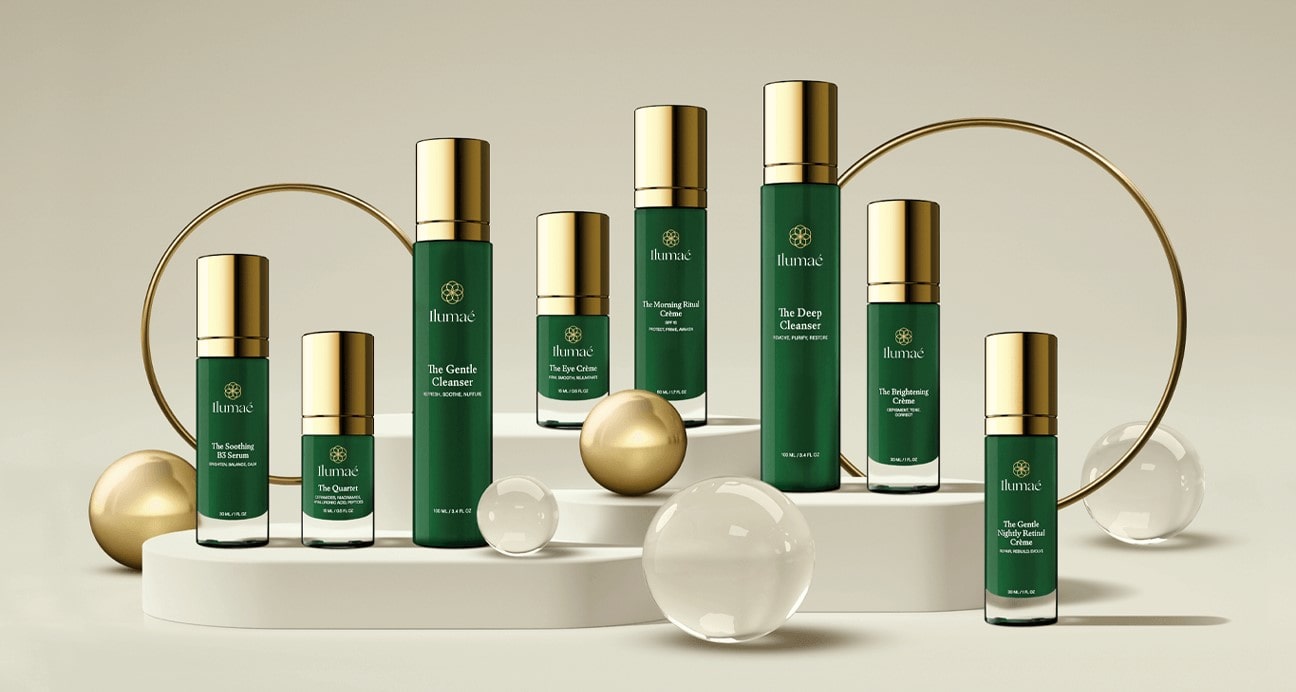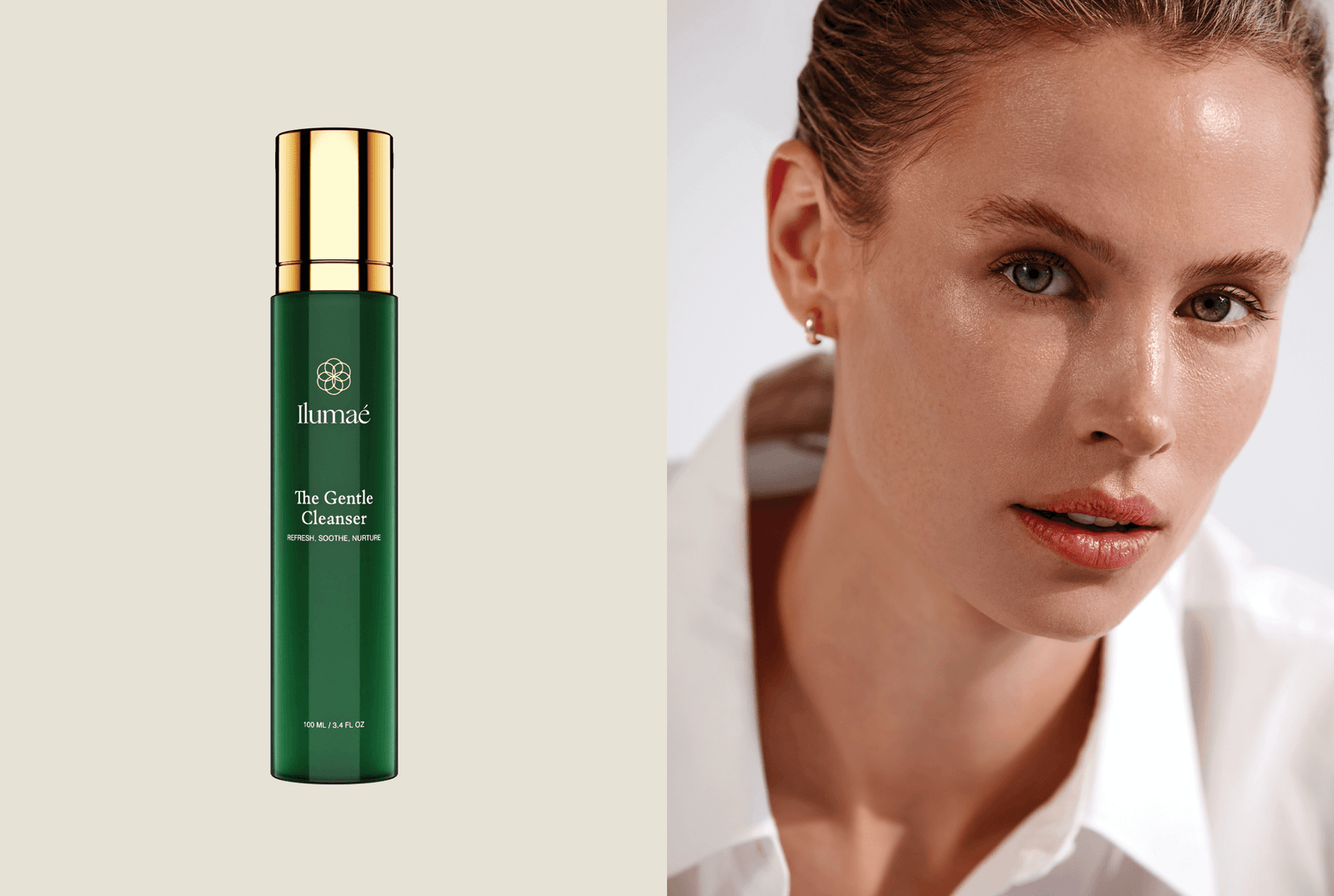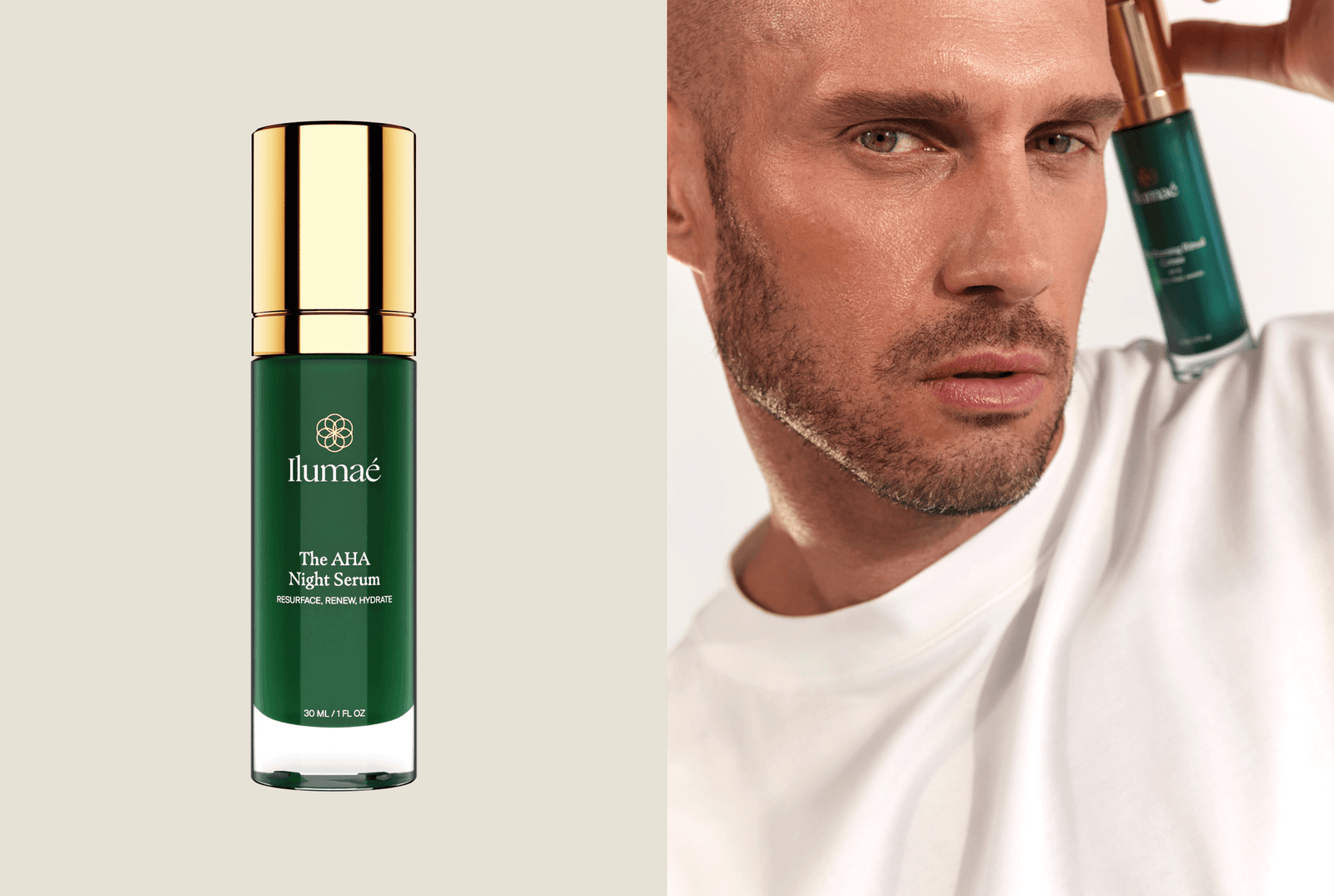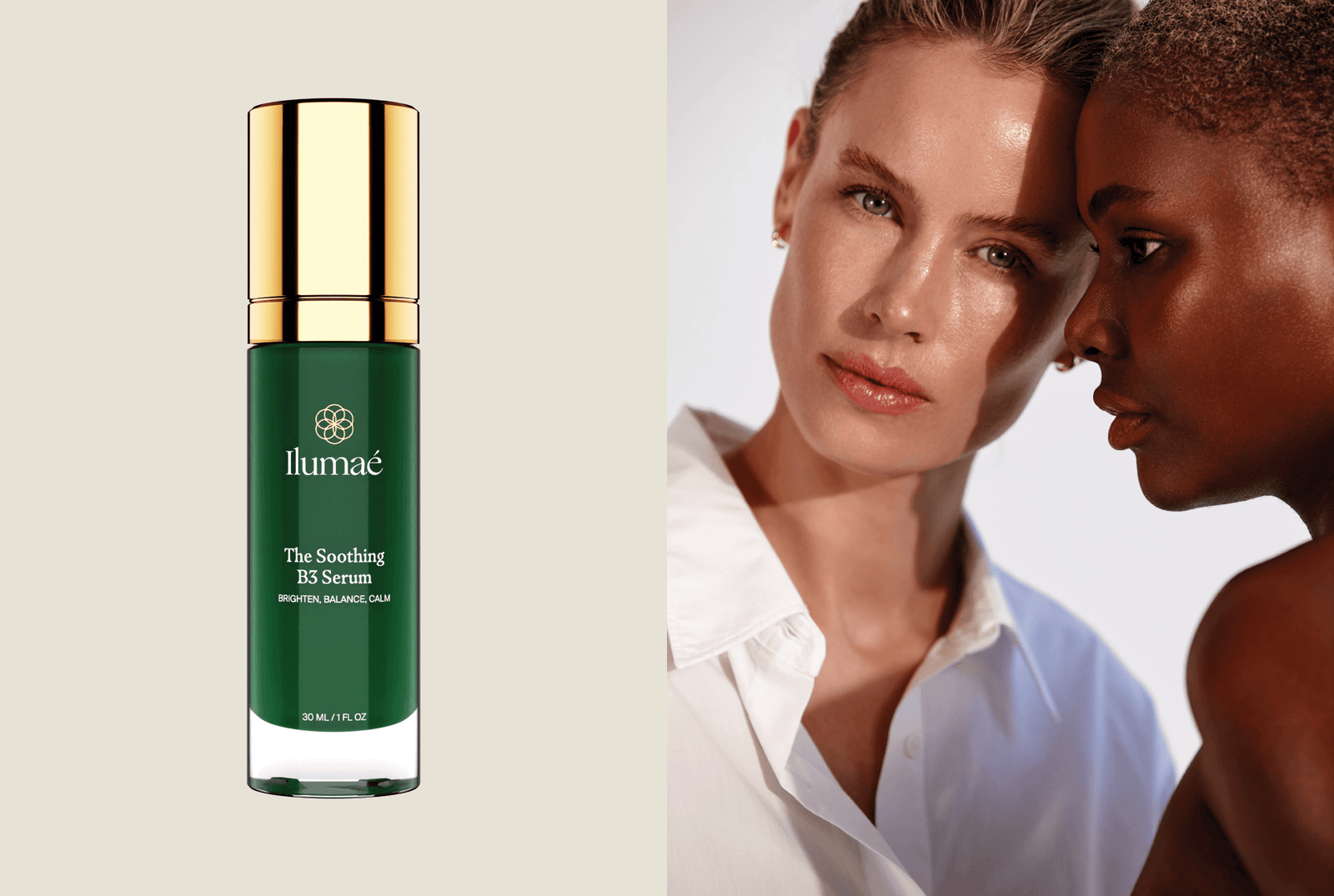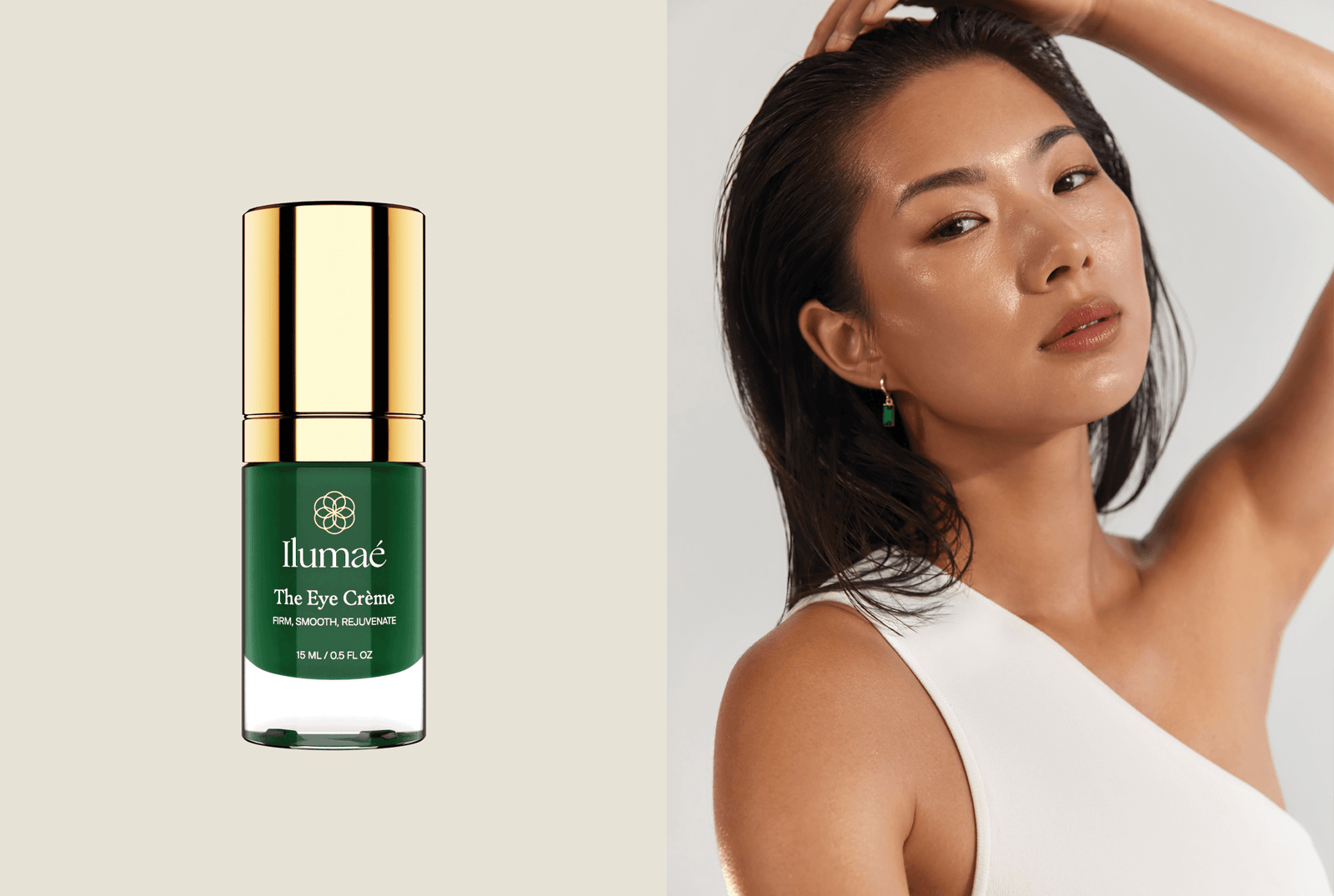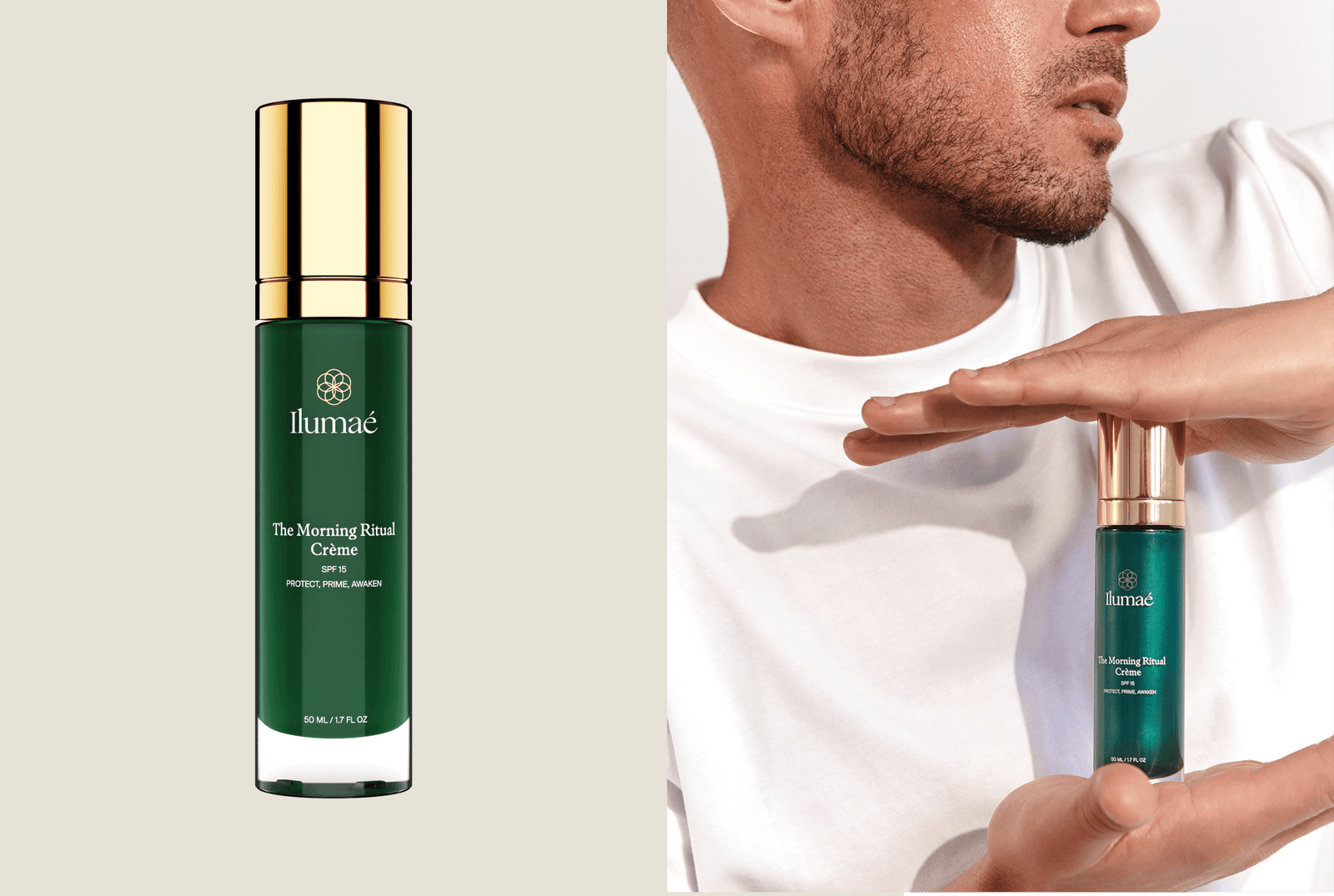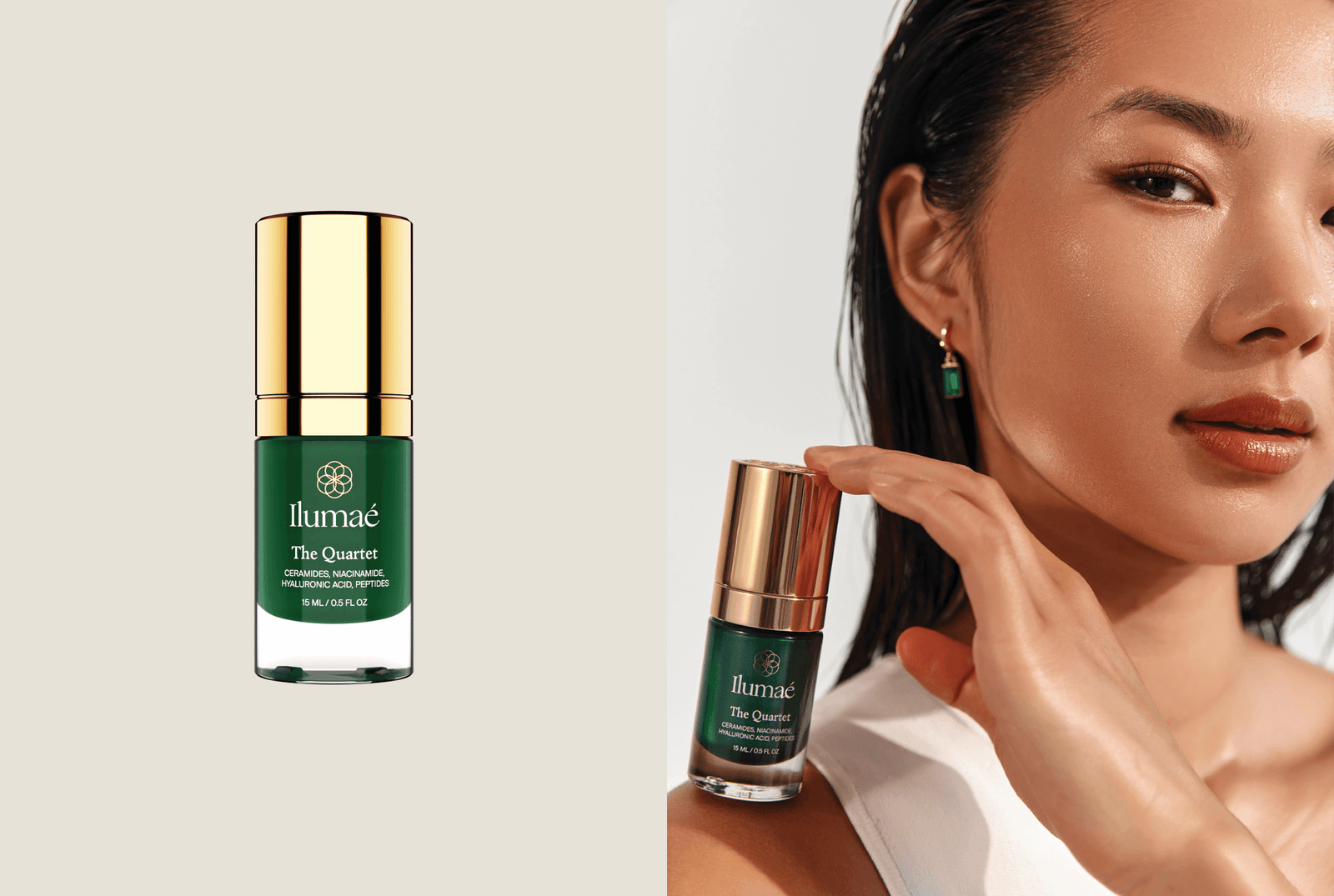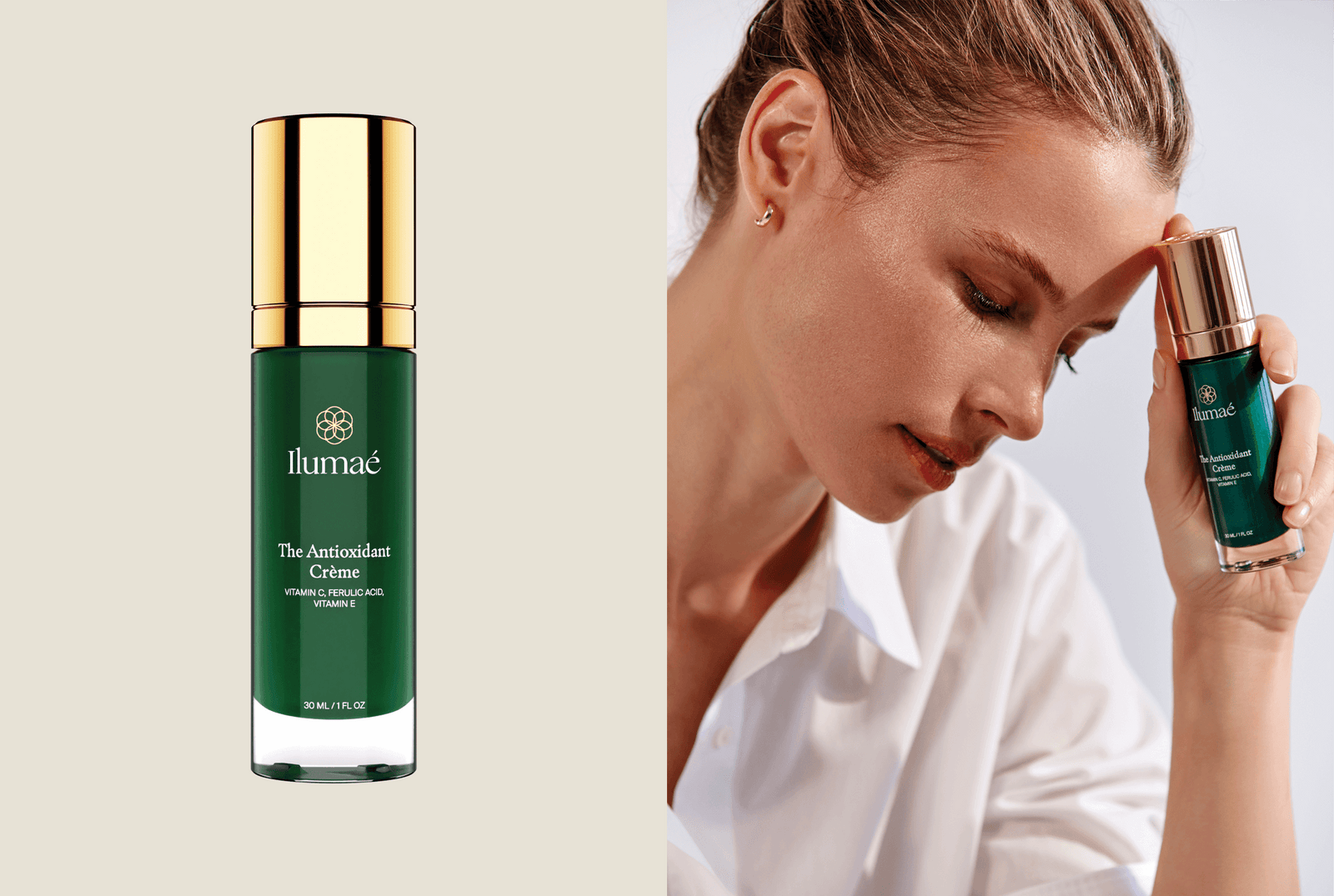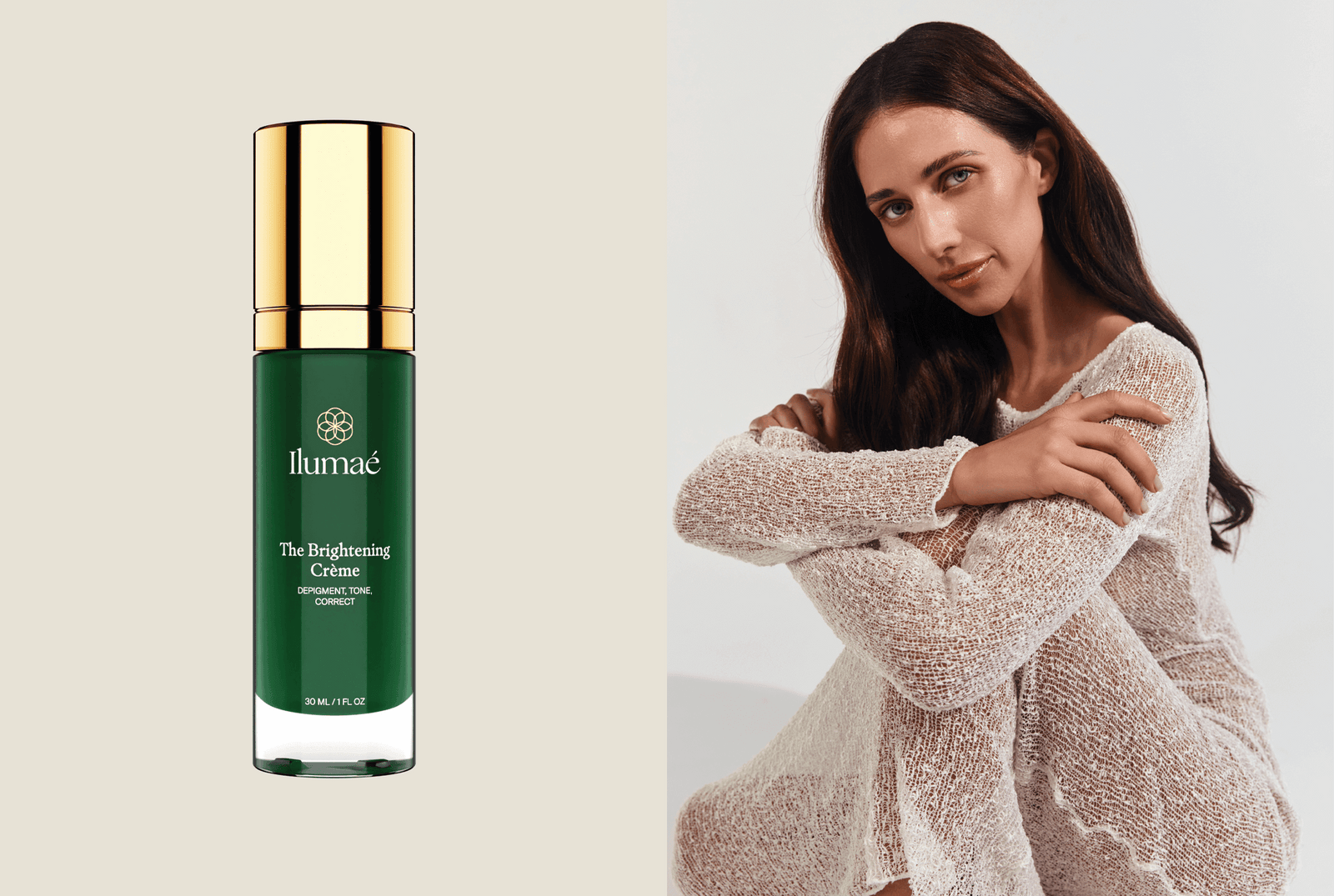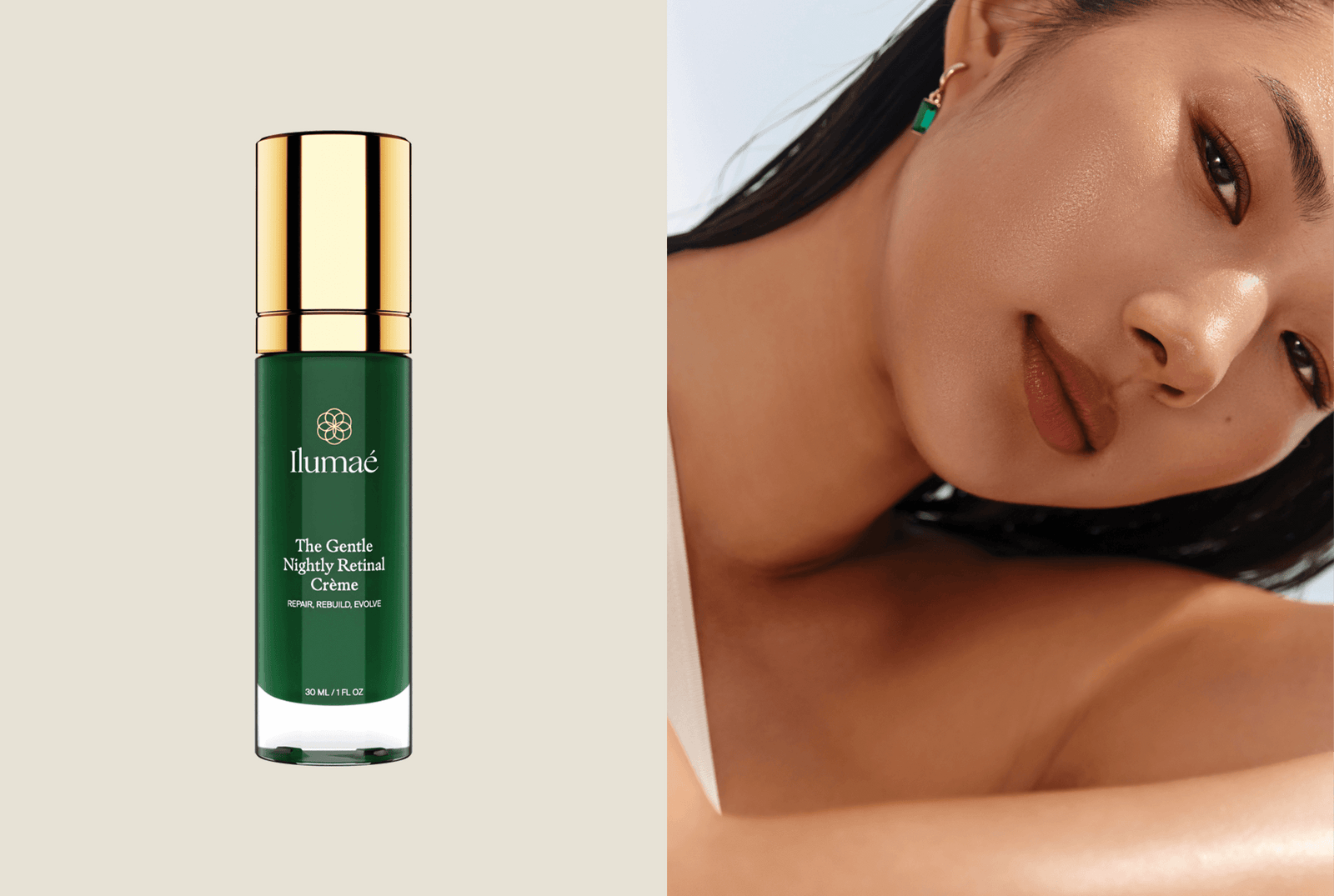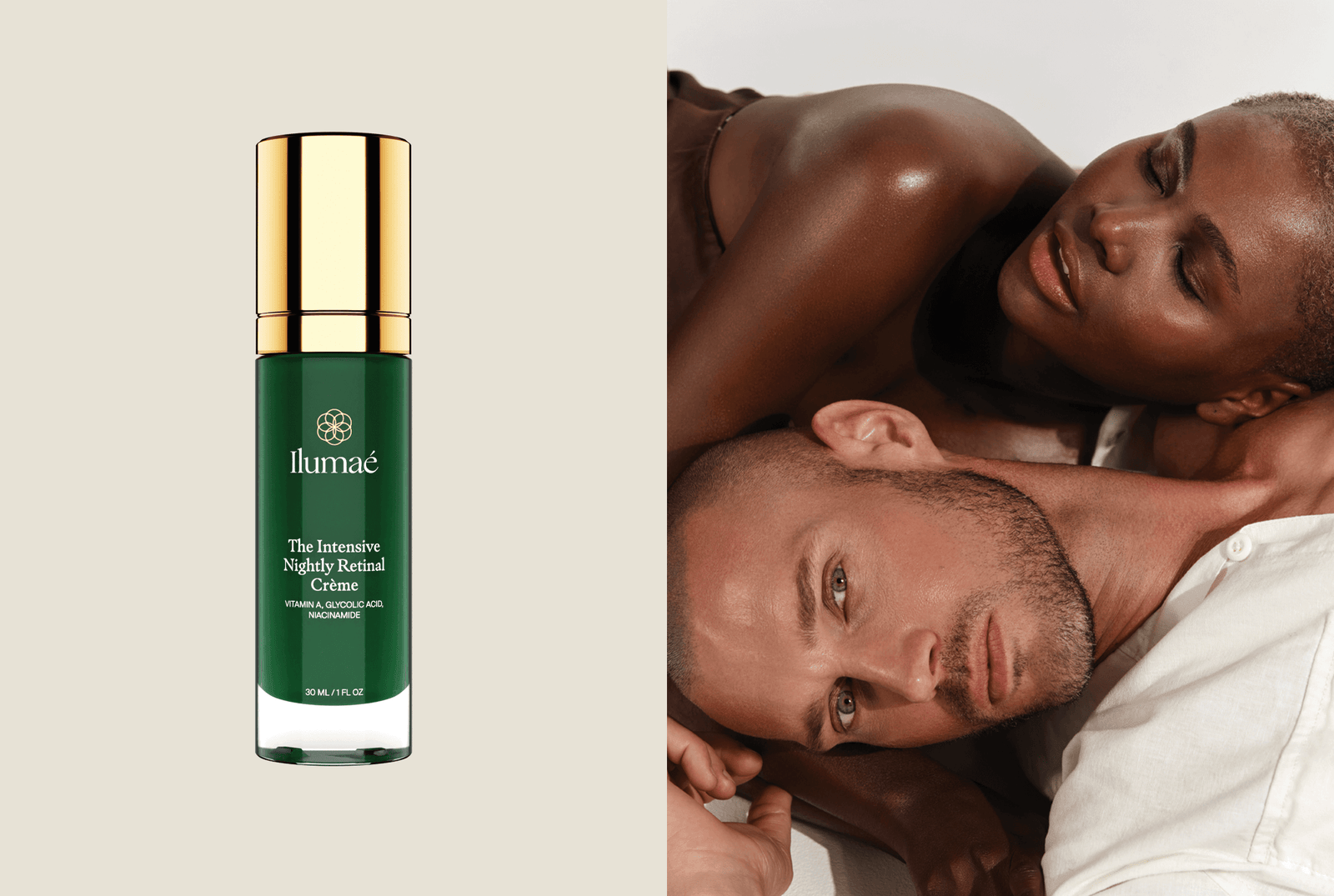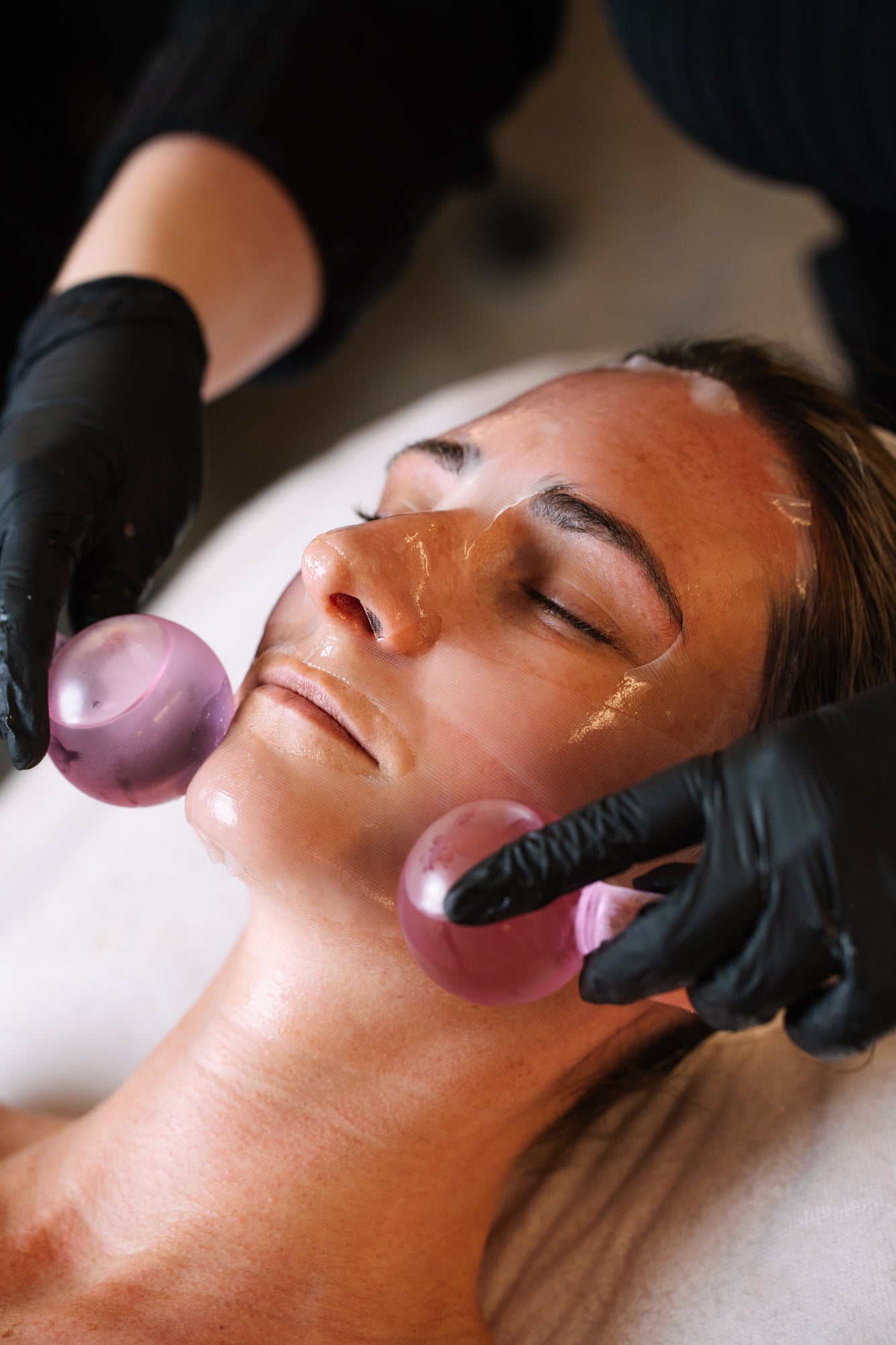Even tone. Brighter complexion.
Pigmentation, dark spots, and sun damage are targeted head-on with the Pigmentation Facial.
Using advanced peels and brightening serums, this treatment restores clarity and evens skin tone.
Gentle yet powerful, it fades unwanted pigment while calming and protecting the skin.
Developed by Dr Josh Wall, this Sydney pigmentation facial is efficient and focused, delivering visible improvement without unnecessary extras.
From $99 per treatment
When purchased as a pack of three
Or $142 for individual treatments.
Luminous clarity for even skin
Clear, evenly-toned skin starts with our Pigmentation Facial at Sydney's Ilumaé Skin Bar.
Targeted correction in this doctor-designed pigmentation facial is precisely formulated to:
- Fade pigmentation and sun damage
- Brighten and even skin tone
- Restore youthful clarity
It fades dark spots with science-backed ingredients that illuminate skin using only what works.
Your 30-minute Pigmentation Facial is delivered by a skilled dermal therapist, opening with a complimentary 3D skin analysis to map pigmentation and customise your treatment.
Both corrective and renewing, Sydney's Pigmentation Facial at Ilumaé Skin Bar is where you reveal even, radiant skin.
Science-backed.
Beautifully experienced.

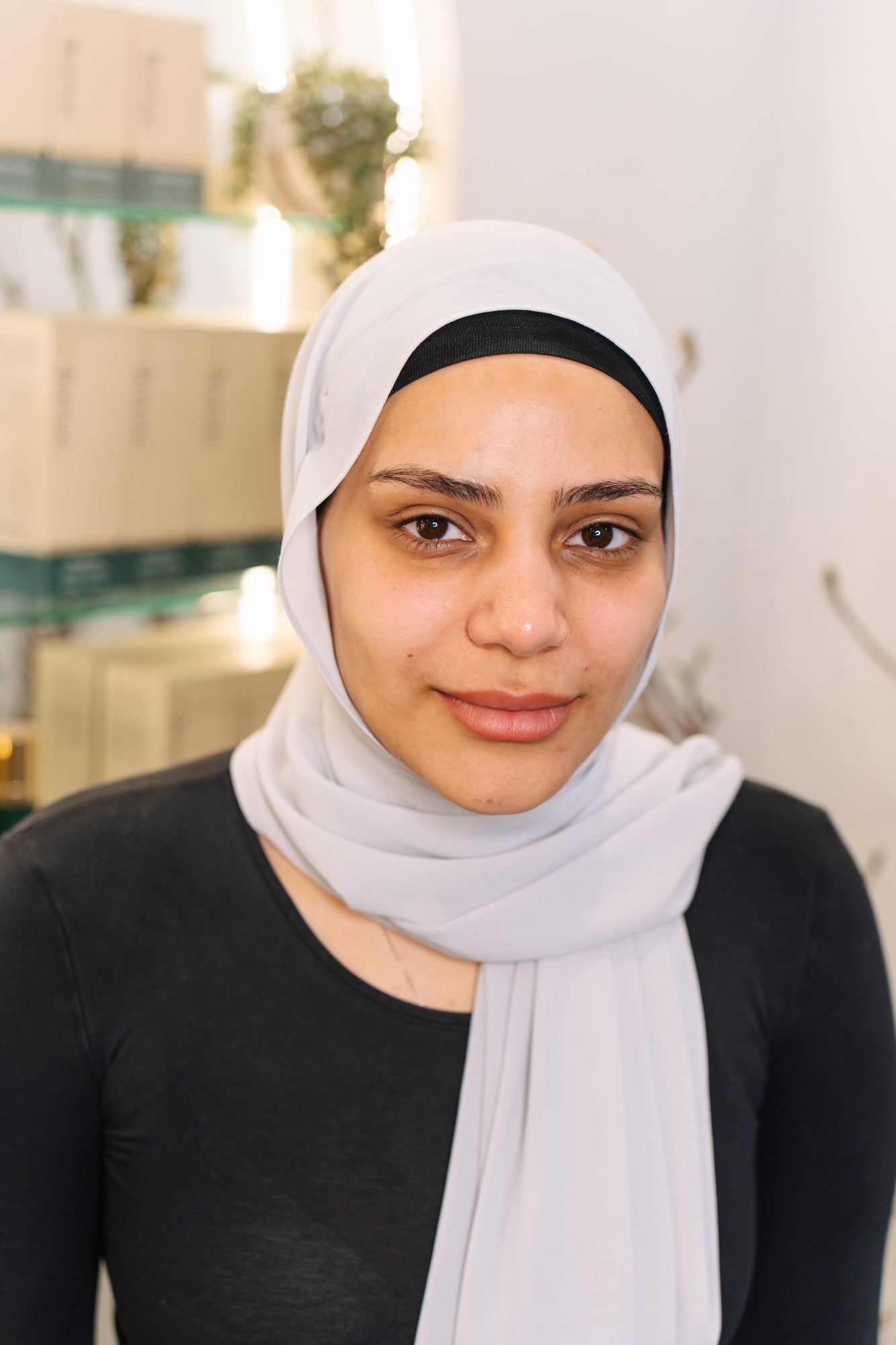
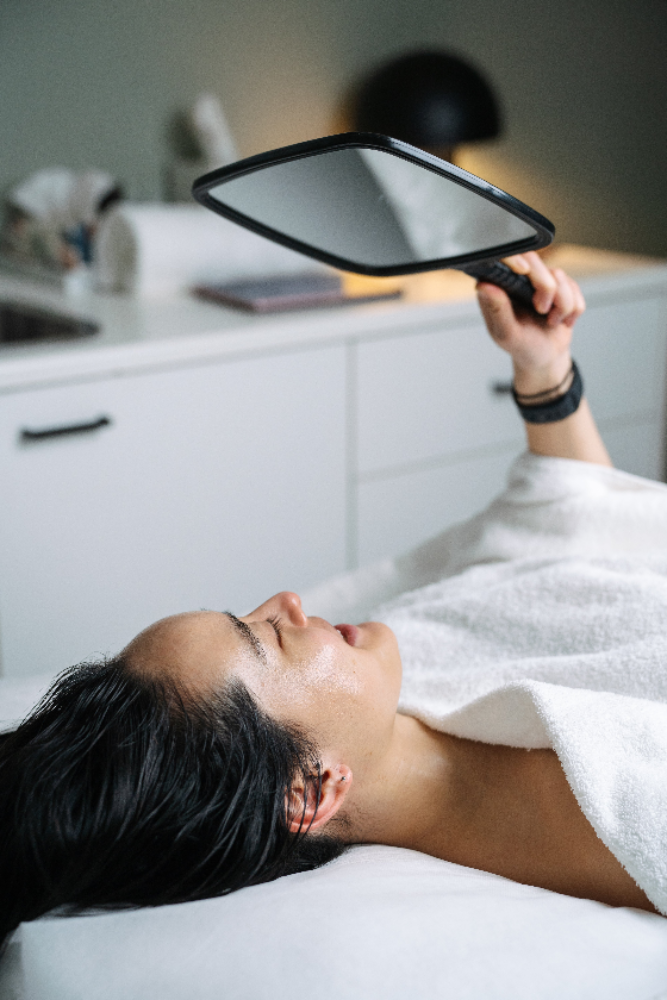
Pigmentation Facial FAQ
-
Pigmentation treatment targets melanin production and distribution through multiple pathways.
Chemical peels accelerate melanocyte turnover, bringing pigmented cells to the surface for removal.
Tyrosinase inhibitors like kojic acid, 4-nb and arbutin prevent new melanin formation, while vitamin C provides antioxidant protection against oxidative triggers.
This comprehensive approach addresses both existing pigmentation and prevents new formation.
-
Post-inflammatory hyperpigmentation, solar lentigines (age spots), and mild melasma respond well to professional treatment.
The key is distinguishing between epidermal and dermal pigmentation - epidermal pigmentation typically responds faster and more completely.
-
It is possible for pigmentation to look slightly darker in the short term after a professional peel.
This is a normal part of the skin’s renewal process as pigmented cells are brought closer to the surface before they shed.
The effect is temporary, and with consistent aftercare including antioxidants, brightening products, retinal, and daily SPF, skin tone generally becomes more even over time.
-
Sun protection is critical for treatment success and preventing new pigmentation formation.
UV exposure during treatment can trigger rebound hyperpigmentation and reverse treatment progress.
We recommend broad-spectrum SPF 50+ daily, reapplication regularly, and protective clothing.
Treatment timing often considers seasonal UV levels for optimal results.
-
We recommend waiting 24 hours before applying makeup to allow products to fully absorb and skin to settle.
You may also like...
Skin Needling
One of the most effective ways to refresh and renew your skin, needling triggers natural collagen production and cell renewal. The result is firmer, smoother, more even skin with improved texture and tone.
Rejuvenation Facial
A powerful reset, using active peels and antioxidant-rich hydration. Improves tone, boosts collagen, and restores vitality. Fine lines soften, skin feels firmer, and your complexion looks refreshed.


